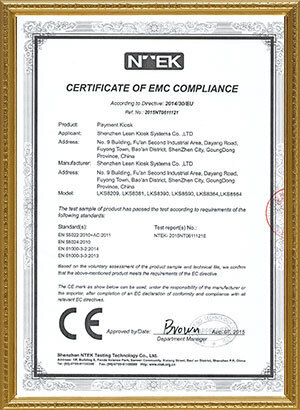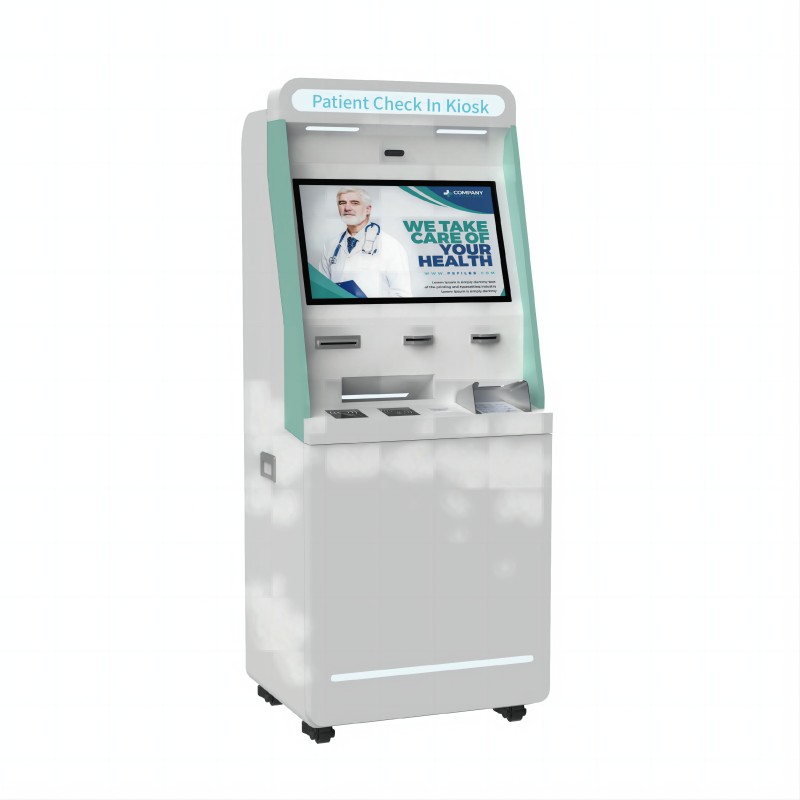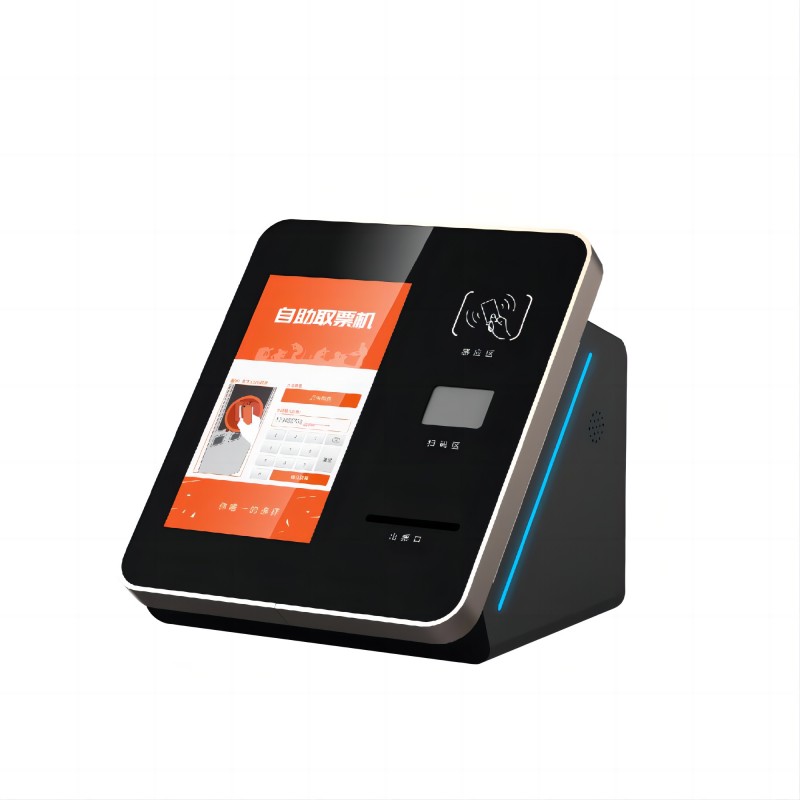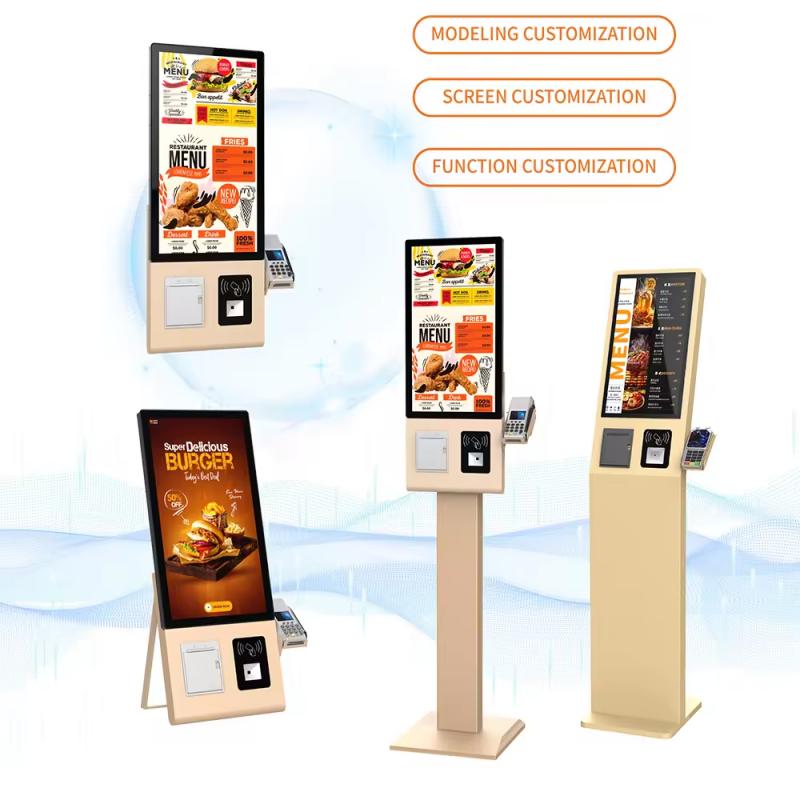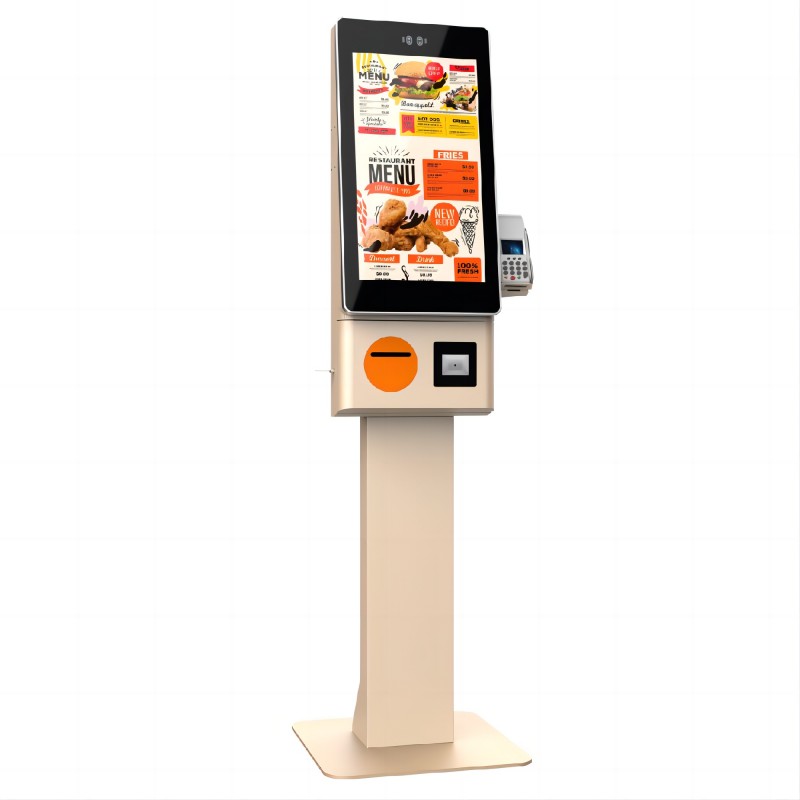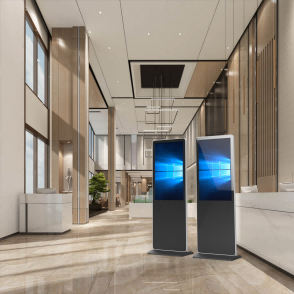





Banking Kiosk Application
Definition
A Banking Kiosk Application is a software solution designed to enable self-service banking functions through a kiosk. These applications transform standalone kiosks into secure, user-friendly stations where customers can perform various banking transactions without the need for teller assistance. Common functions include checking account balances, transferring funds, depositing checks, paying bills, printing statements, and applying for financial products such as loans or credit cards.
The application is designed with an intuitive interface to facilitate easy navigation and interaction, ensuring that users can complete their tasks efficiently. Security is a key component, with features such as encrypted transactions, user authentication, and secure access to ensure the protection of sensitive financial information.
Banking Kiosk Applications are typically deployed in bank branches, shopping malls, airports, and other public places to enhance accessibility, reduce wait times, and improve overall customer service by providing convenient, round-the-clock access to essential banking services.
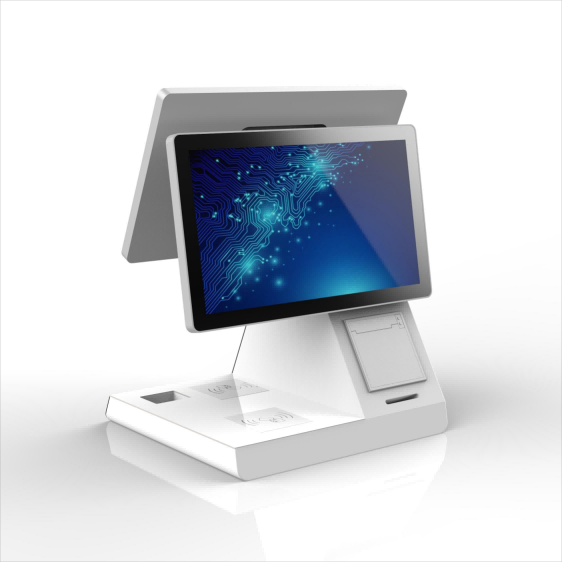
Applications in Banking and Financial Services
Banking kiosks are transforming the banking and financial services sector by providing convenient, efficient, and secure self-service options for customers. Here are key applications:
Self-Service Banking: Banking kiosks allow customers to perform a variety of transactions independently. They can check account balances, transfer funds, deposit checks, withdraw cash, and print mini-statements. This reduces the need for teller interactions, decreases wait times, and provides customers with a quick and efficient way to manage their finances.
Loan and Credit Card Applications: Customers can use banking kiosks to apply for loans and credit cards. The kiosks guide users through the application process, capturing necessary information and documents. This simplifies the application process, making it faster and more convenient, while also freeing up bank staff to handle more complex inquiries.
Bill Payments: Banking kiosks enable customers to pay their utility bills, taxes, and other fees. This service streamlines the payment process, making it convenient for customers to manage their financial obligations in one place, thus improving their overall banking experience.
Account Opening: Prospective customers can use banking kiosks to open new accounts. The kiosk provides step-by-step instructions, collects required documents, and verifies identity, making account opening a quick and hassle-free process.
Customer Feedback and Surveys: Banks can use kiosks to collect customer feedback and conduct surveys. This allows customers to easily share their experiences and opinions, providing the bank with valuable insights for service improvement.
Financial Education and Assistance: Banking kiosks can offer educational resources on financial products, investment options, and budgeting tips. This helps customers make informed decisions about their financial planning and enhances their overall financial literacy.
Overall, banking kiosks in the financial services industry improve customer service, enhance operational efficiency, and provide valuable data for continuous improvement, making them an essential tool in modern banking.
Market trends of self-service terminal applications
The market for self-service terminal applications, particularly banking kiosks, is experiencing significant growth and innovation driven by several key trends:
Increased Adoption: Financial institutions worldwide are increasingly adopting banking kiosks to enhance customer service and streamline operations. The shift towards digital banking has accelerated this trend, as customers seek more convenient, contactless, and efficient ways to manage their finances.
Technological Advancements: Advances in technology, such as improved touchscreen interfaces, biometric authentication, and enhanced security features, are making banking kiosks more reliable and user-friendly. These innovations are crucial for building customer trust and ensuring secure transactions.
Omnichannel Integration: Modern banking kiosks are becoming integral parts of omnichannel banking strategies. They seamlessly integrate with online and mobile banking platforms, providing a consistent and cohesive user experience. This integration allows customers to start a transaction on one platform and complete it on another, enhancing flexibility and convenience.
Expanded Services: The range of services offered by banking kiosks is expanding beyond basic transactions. Many kiosks now support complex functions like loan applications, account opening, bill payments, and financial planning tools. This broadens their appeal and usefulness, encouraging more customers to use them.
Cost Efficiency: For banks, kiosks represent a cost-effective solution to reduce the need for branch staff and physical branch expansion. They can serve customers in high-traffic areas such as malls, airports, and corporate offices, extending the bank’s reach without significant additional costs.
Personalization and Customer Engagement: Banking kiosks are increasingly leveraging data analytics to offer personalized services and recommendations. This trend enhances customer engagement by tailoring the kiosk experience to individual preferences and financial needs.
Enhanced Security: With rising concerns over cybersecurity, modern banking kiosks are equipped with advanced security measures, including encryption, biometric verification, and secure access protocols. These features ensure that customer data and transactions remain safe.
Overall, the market for banking kiosks is growing rapidly, driven by technological advancements, expanding service offerings, and a strong focus on enhancing customer convenience and security.
Customized solutions and advantages
Tailored User Interface: Customized banking kiosks can feature user interfaces designed to align with the bank’s branding and customer service philosophy. This ensures a consistent and familiar experience for users, enhancing customer satisfaction and loyalty.
Service Personalization: Banking kiosks can be programmed to offer personalized services based on customer profiles. For example, frequent users can receive tailored recommendations, reminders for upcoming payments, or targeted promotions, making the kiosk experience more relevant and engaging.
Multilingual Support: Customization can include support for multiple languages, catering to diverse customer bases. This improves accessibility and ensures that non-native speakers can use the kiosks effectively.
Integration with Bank Systems: Customized kiosks can integrate seamlessly with a bank’s existing IT infrastructure, including CRM systems, core banking solutions, and mobile banking platforms. This integration ensures real-time updates and consistent service across all channels.
Enhanced Security Features: Custom solutions can incorporate advanced security measures such as biometric authentication (fingerprint or facial recognition), encrypted transactions, and secure data storage. This protects customer information and reduces the risk of fraud.
Flexible Deployment Options: Banks can choose to deploy kiosks in various configurations, such as standalone units, wall-mounted systems, or integrated into existing branch layouts. This flexibility allows banks to optimize space and improve service delivery.
Advanced Analytics: Customized banking kiosks can collect and analyze data on user behavior and transaction patterns. This data provides valuable insights for banks to refine their services, improve customer experience, and make informed business decisions.
Remote Management: Custom solutions often include remote monitoring and management capabilities, allowing banks to update software, troubleshoot issues, and perform maintenance without on-site intervention. This reduces downtime and ensures that kiosks remain operational and up-to-date.
Overall, customized banking kiosk solutions offer banks the ability to enhance customer service, improve operational efficiency, and maintain robust security, all while providing a tailored and engaging user experience.
Address: No. 99-15, Fuan intelligent manufacturing Industrial Park, Dayang Road, Fuhai Street, Baoan District, Shenzhen, China
- Tel:+852 59566712
- Email: frank@lien.cn
- Worktime:8:00-02:00
- Contact Person:Frank
- Mobile Site



